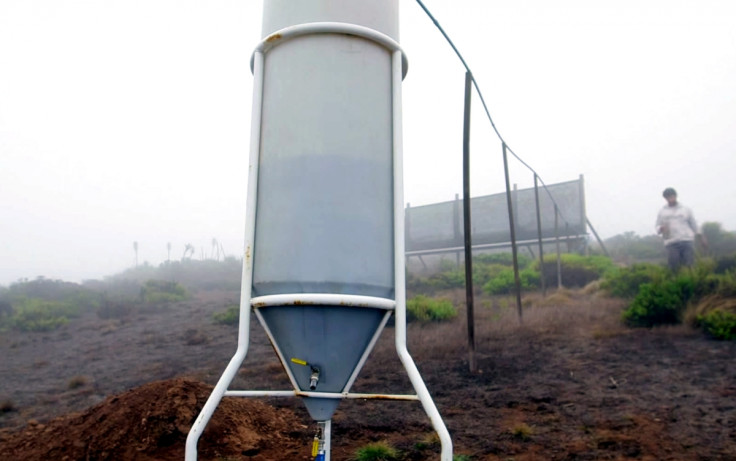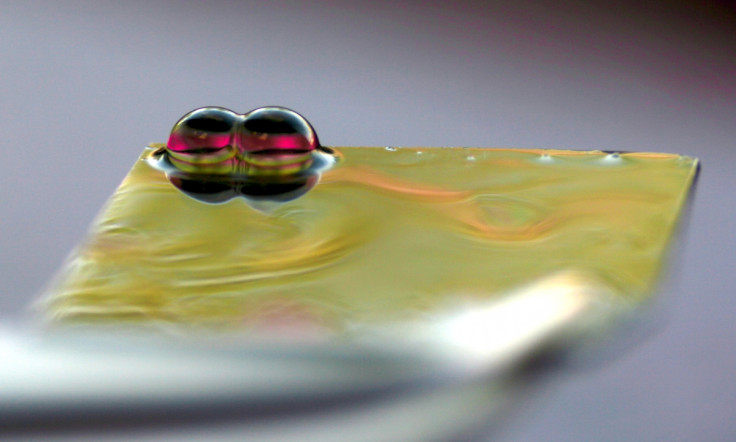MIT and Oak Ridge Scientists Develop New Methods to Harvest Fresh Water From Fog

MIT and Oak Ridge National Laboratory (ORNL) researchers have devised two different methods to harvest fresh water from fog by using mesh structures and a water droplet network.
Over a million people in the world today do not have a reliable source of water, such as the Atacama Desert in Chile, which is the driest region in the world.
Researchers from MIT's School of Engineering, working together with the Pontificial University of Chile, have developed an inexpensive system of simple suspended mesh structures that can collect up to 500% more water than conventional fog fences.
The mesh structures are placed on hilltops that see persistent fog and high winds, and collect water suitable for drinking and agriculture.
Costing almost nothing to deploy, the mesh structures mimic the Namib beetle from South Africa, which uses its shell to collect morning fog in the Namib Desert.
The beetle has hardened wings that contain water-attracting (hydrophilic) bumps and water-repelling (hydrophobic) troughs, which have been used in the mesh structure design.
The researchers were also inspired by leaves and grass found in the same region that use their leaves to direct water droplets towards the roots of the plant.
"The water has been naturally desalinated by the sun, it's condensed onto dust particles, and what we're trying to do is build meshes and porous structures that will collect the water straight out of the fog," said Gareth H McKinley, professor of mechanical engineering at MIT.
Water droplet network
Meanwhile, ORNL researchers have developed droplet interface bilayers, i.e. stable water droplet networks, which work by placing water droplets on a super-hydrophobic surface infused with an oil coating.
Many leaves contain waxy, super-hydrophobic surfaces that do not get wet easily. So far, the only way to make networks of water droplets that don't coalesce together is to inject them into an oil bath, which is time-consuming and limits their use.

"The way they've been made since their inception is that two water droplets are formed in an oil bath then brought together while they're submerged in oil, otherwise they would just pop like soap bubbles," said ORNL research scientist and the study's lead author Pat Collier.
However, the oil-infused surface prevents water droplets from merging, due to a thin oil film forming between the droplets.
By controlling the behaviour of the water droplets on a surface, this could improve fog-harvesting techniques, and the networks could also be used in bio-sensing applications like a bio-battery or a signalling network.
The study, entitled "Air-stable droplet interface bilayers on oil-infused surfaces" is published in the PNAS journal.
© Copyright IBTimes 2025. All rights reserved.






















